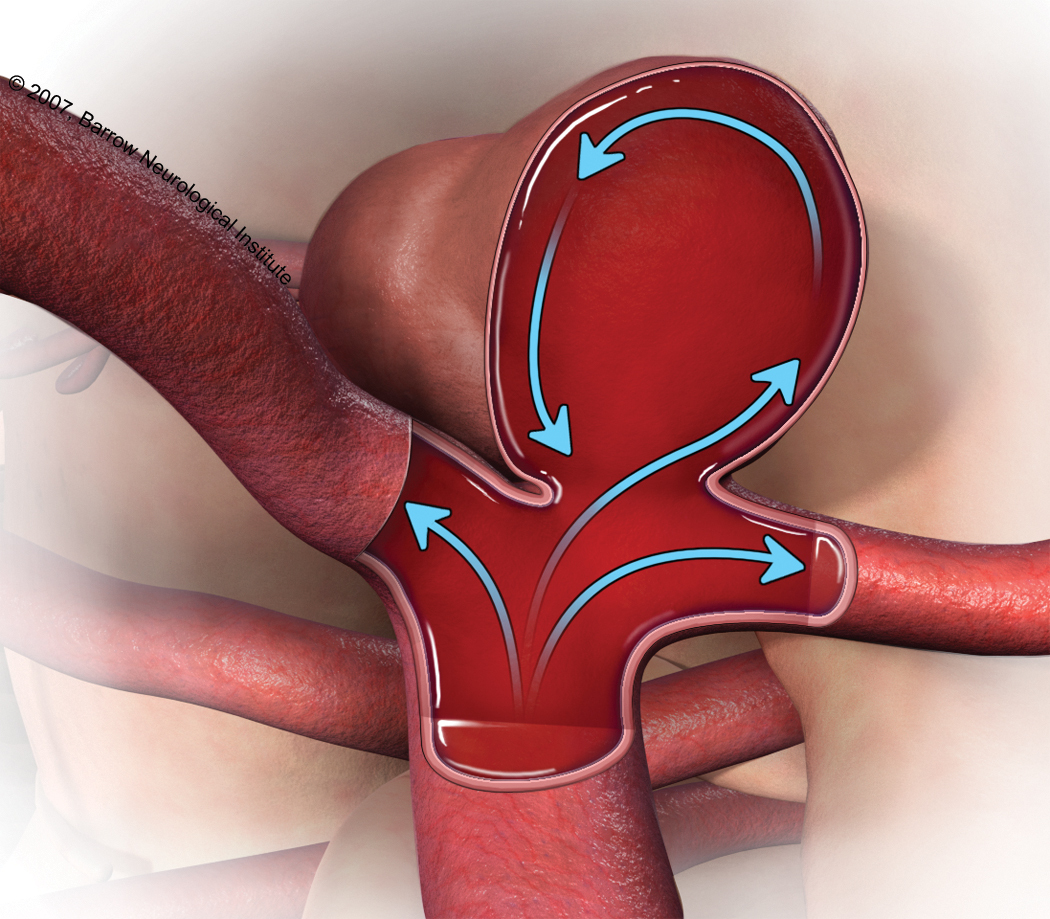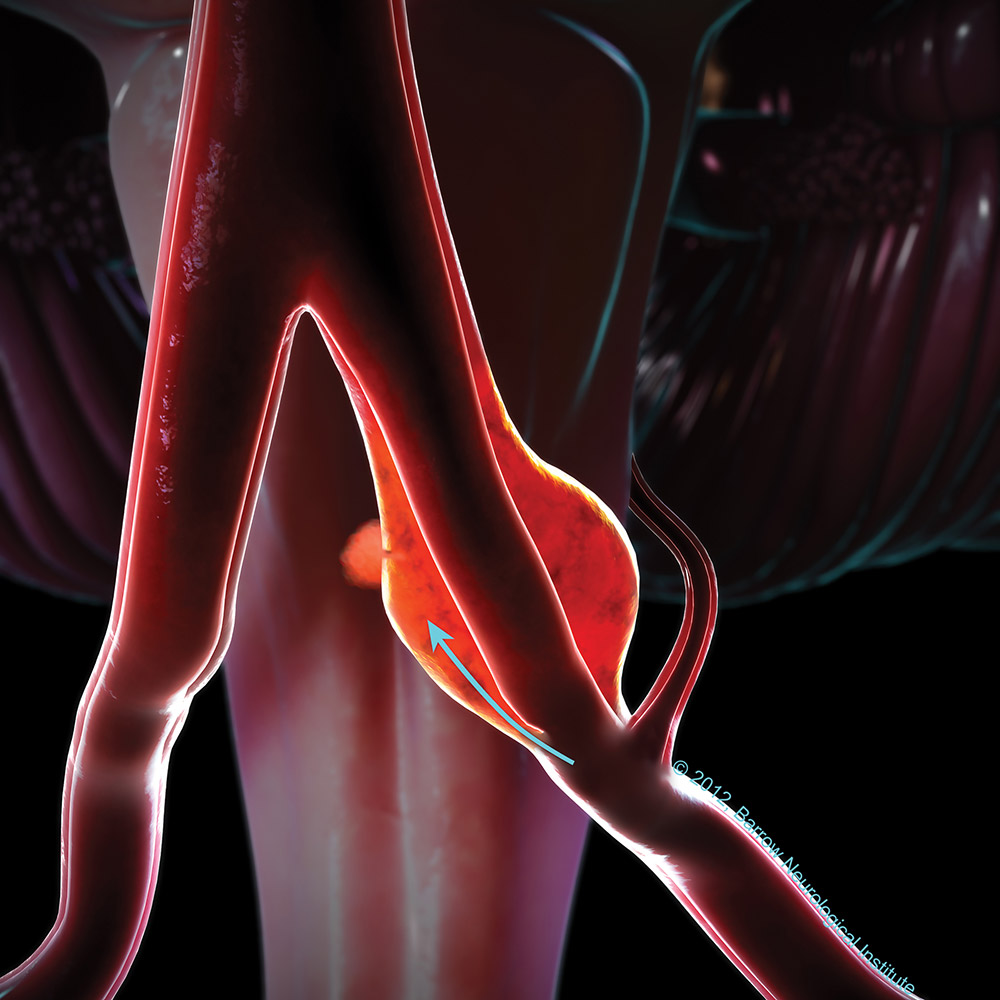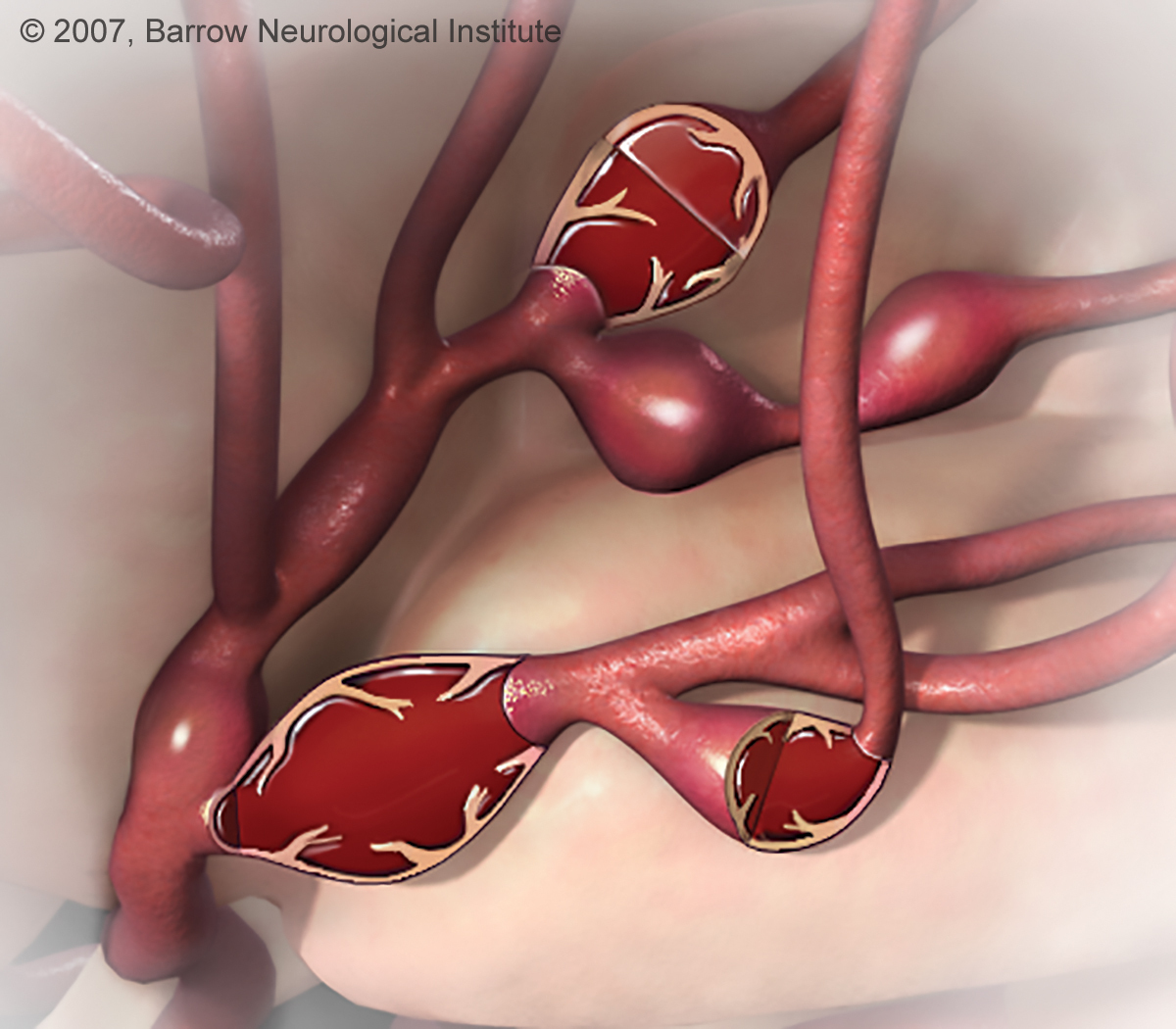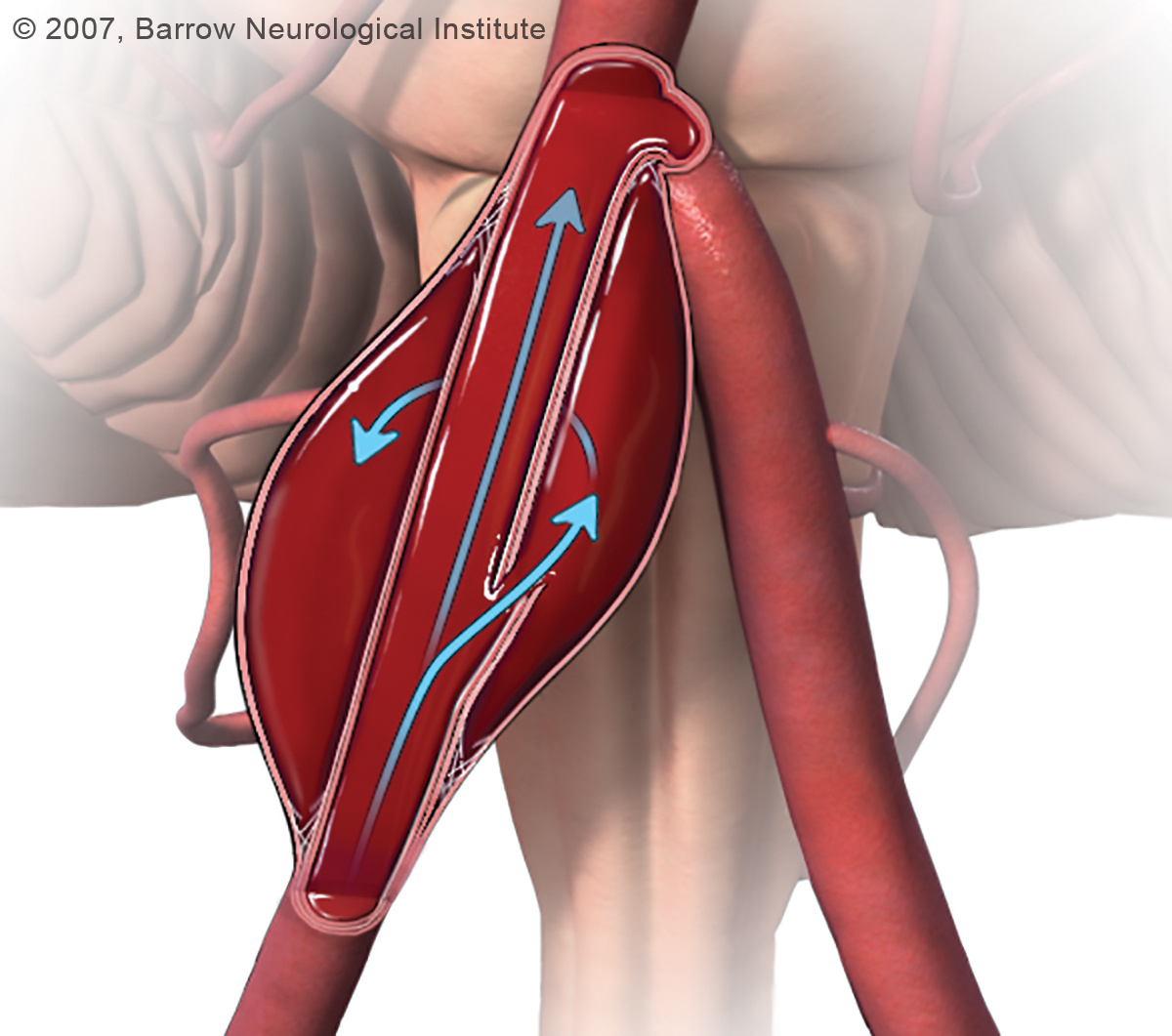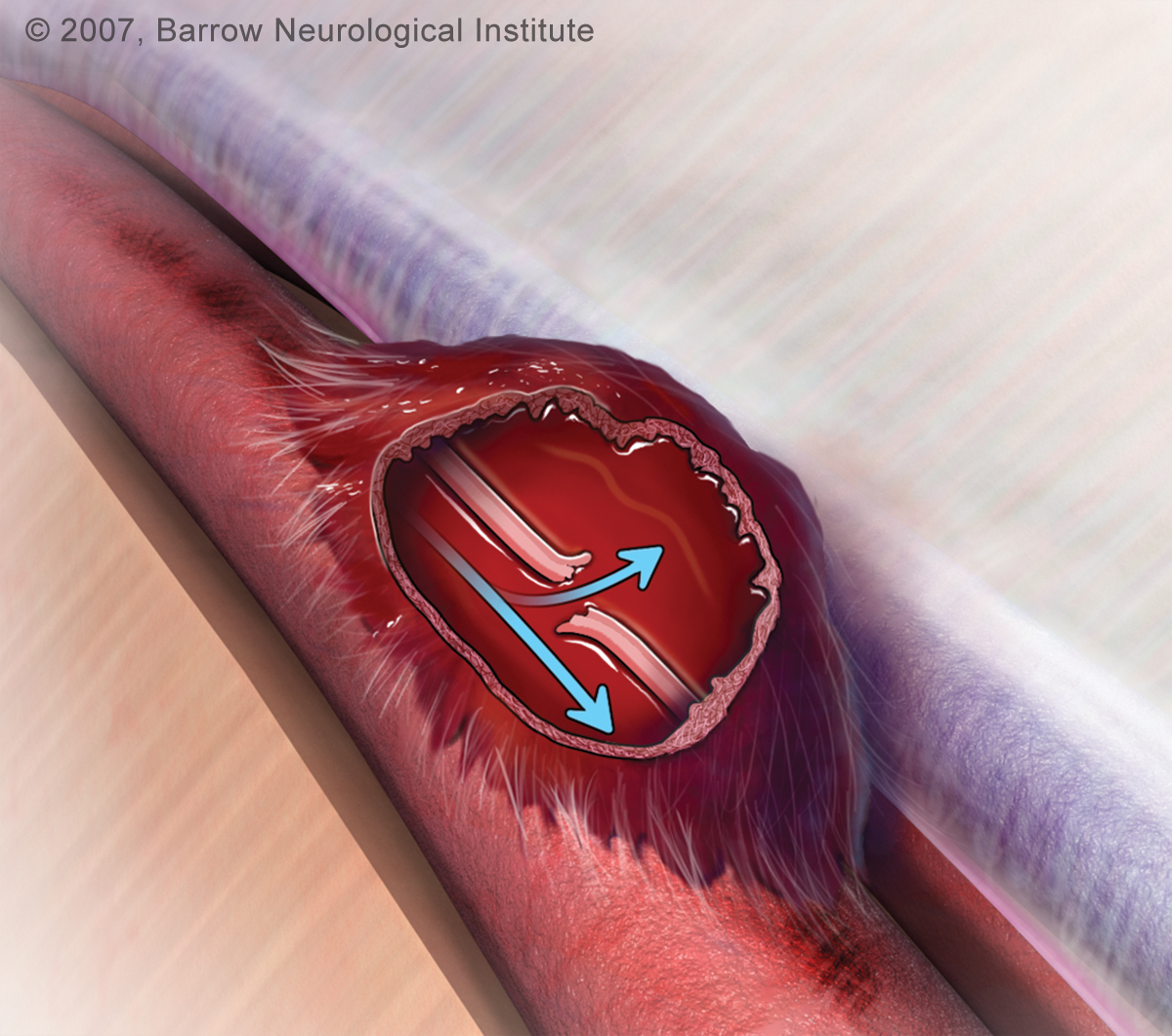@phoenix33 yep I think he is scared, very scared. Unfortunately doctors know a good bit more and understand the severity more than us common folks. When you discuss it with him, ask him how scared he was, not if he was scared. BH is always more afraid than I am for some reason…when you’re writing down things on him, don’t forget about yourself. I always have to look at my actions/words and what they do to BH. Dad taught me when I was very young lessons under the pine tree that went something like this -“Get me a beer/coffee and sit down. Now tell me what did you do wrong. How are you going to fix it? What are you going to do in the future so you don’t repeat it? Now get something to drink for yourself.” I just realized my brothers never had to to do it this way, Dad always had them do it while they were working on their cars! LOL. But lesson learned for me and I’ve used it my entire life.
It is very easy to blame others when we need to be looking inward. Sometimes, I think my expectations of BH are far greater then they should be. Would I have the same expectations of my best friend, no matter what their profession is or has been? If the answer is no, then I realize I have to readjust my thinking.
As for Imaging vs angiograms, angiograms allow the specialist to see better than the imaging provides. I had over a dozen CTs whilst in ICU, BH says it’s closer to two dozen. Either count, my Neurosurgeon stays away from them for me and uses the MRAs. When I went for my psych testing after rupture because my brain was “black” ( no thought processing) the dear Psychologist said I could light up the county with all the CTs I had, my Neurosurgeon agreed.
Will your surgeon do a follow up angiogram? I can’t remember if they do one for craniotomy procedures or just use imaging. Obliteration as I understand it is the lack of blood flowing into the aneurysm. The aneurysm is always with us, it just stops being fed by the device or procedure done to stabilize it. If the neck or a portion of it is still being fed, but the device hides that little portion it won’t be seen. The way I understand it is the images are to see not only the aneurysm but if the device be it stents, clips, or coils or all is where it’s supposed to be. I may be way off base with this thinking and will definitely ask my surgeon in June. I wonder if your surgeon feels a CT can get around the artifact? Maybe ask the tech that does your imaging, I’d really like to know. I’ve had images where it states the aneurysm is obliterated, yet I still have to get the little bugger fixed. Maybe I don’t understand the definition of obliterated the way the docs understand it…
I think Merl @ModSupport could probably answer your question much better than I am.
@Tony_P you are right! It really looks like a happy face, that’s great! Good for you!
All the best,
Moltroub

